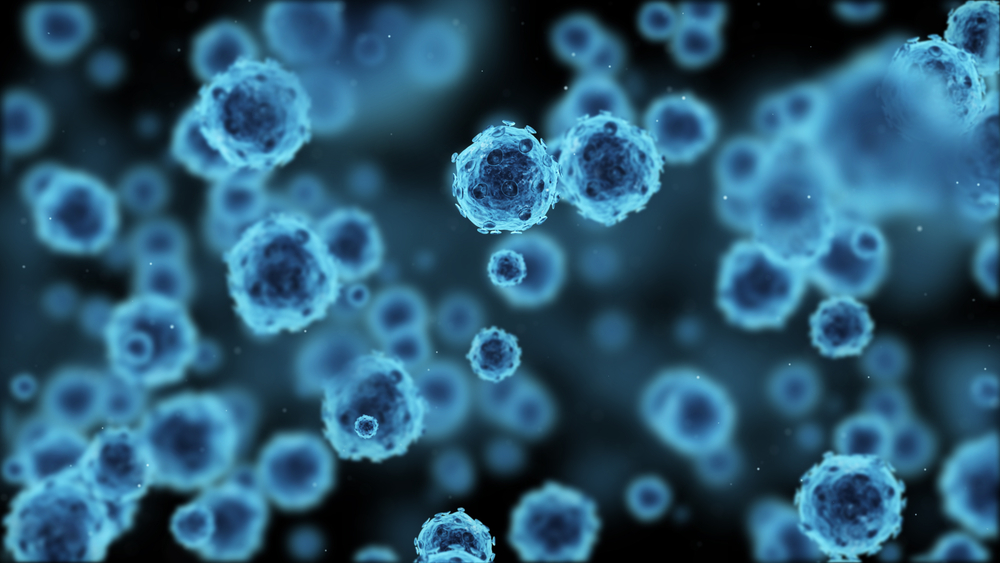Immune Cell Called MAIT May Cause Organ Damage in Lupus, Study Reports

New insights into immune cell processes in patients with systemic lupus erythematosus may advance scientists’ understanding of how the immune system goes off track in the disease.
Japanese researchers noted that a type of activated immune cell, called MAIT, could be an indicator of the level of disease activity. In fact, they argued, the cells may actually be causing organ damage in lupus.
The study, “Activation status of mucosal-associated invariant T cells reflects disease activity and pathology of systemic lupus erythematosus,” was published in the journal Arthritis Research & Therapy.
Previous research has suggested that MAIT — which stands for Mucosal-associated invariant T — is involved in other autoimmune conditions. To examine its role in lupus, a research team at Juntendo University School of Medicine measured the number of MAIT cells in the blood of lupus patients.
The team discovered that lupus patients had lower numbers of MAIT cells in their blood than the 48 healthy controls they used for comparison. Research on other autoimmune conditions has shown that MAIT cells gather at inflammatory lesions. That prompted the team to believe that the lower MAIT levels in blood were because the cells were traveling to affected organs.
Researchers proposed another reason for the low cell numbers, however. They said the cells showed signs linked with cell death. In fact, they hypothesized that the cells were dying because of too much immune activity — a phenomenon scientists call activation-induced cell death.
The idea that the MAIT cells contribute to disease processes was confirmed by an analysis of their activity. By measuring a molecular tag called CD69, present only in activated MAIT cells, the team showed that the cells’ activation was proportional to the level of disease activity in patients.
Further analyses strengthened this notion. Other types of immune cells gathered from lupus patients could activate MAIT cells in a dish.
The activity of the cells also correlated with amounts of inflammatory factors in patients’ blood. The factors — IL-6, IL-18 and interferon alpha — activated the cells when researchers brought them together in a lab dish.
“This study indicates that MAIT cells are affected by inflammatory conditions in SLE and that their activated status reflects disease activity. These findings suggest the possible involvement of MAIT cells in the pathogenesis of SLE,” the researchers concluded.
To better understand how MAIT cells contribute to disease, the team plans to use animal models of lupus to further investigate the cells and the processes they are involved in.





